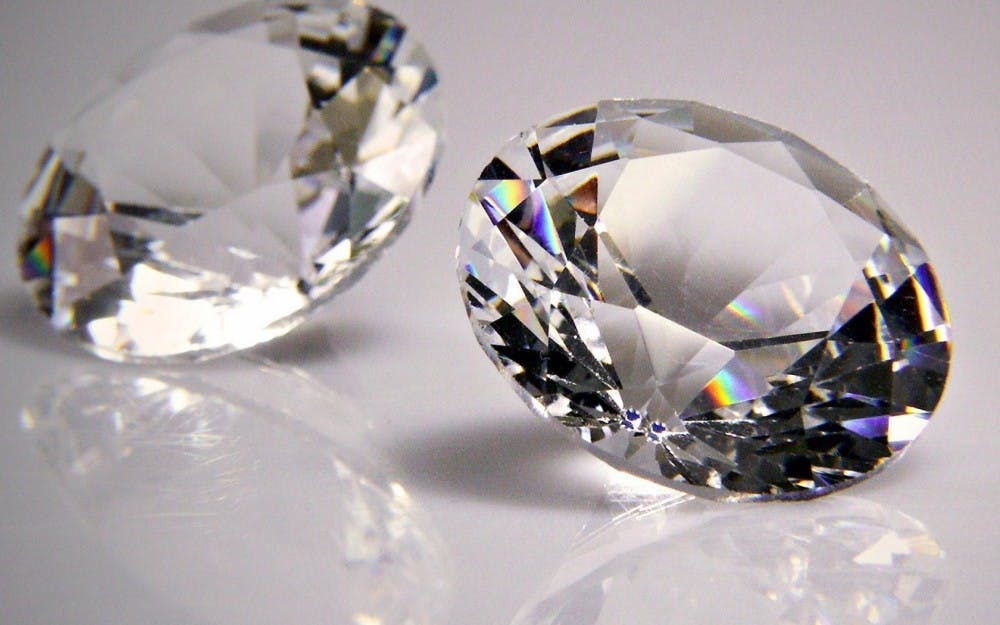By TONY WU Senior Staff Writer
In recent decades cancer has become a major health concern in both developing and developed countries.
Cancer is the result of malignant tumors that grow aggressively. As a result, cancer-treating efforts emphasize the importance of detecting aggressive tumors in the patients. Screening for cancer is difficult because no noticeable symptoms appear before the development of a tumor. Current screening techniques, such as X-rays, are also damaging to the patient and cannot detect many types of cancers.
Cancers are caused by an abnormal growth of cells and can occur in many different locations. In all cancers an earlier diagnosis and treatment increases the chances of curing the patient. A major obstacle to early cancer detection is the lack of symptoms. In fact, most cancers are detected only after the patients are able to feel the tumors. These tumors are then subjected to imaging tests such as MRIs, ultrasounds and X-rays to determine their location and size. To test for malignancy, doctors perform biopsies by extracting a sample from the tumor and observed with a microscope.
These imaging and diagnostic techniques place limitations on cancer detection. For example, X-rays cause damage to cells, increasing the risk of cancer development. An ultrasound, on the other hand, offers real-time images but with poor resolution.
Last of all, an MRI scan is very costly and places restrictions on patient size. Because of these disadvantages, researchers are developing new methods for patient imaging utilizing nanoparticles.
Nanoparticles are nanoscale systems that can be modified or synthesized for personalized medicine. A recent development involves hyperpolarized nanodiamonds in the field of imaging. Researchers from the University of Sydney discovered that by aligning the carbon atoms in a nanodiamond, they can detect its presence with an MRI scanner.
Scientists explored several methods of producing hyperpolarized diamonds. The simplest is called brute-force hyperpolarization, which utilizes differences in magnetic field and temperature to create different nuclear spins. The researchers first cooled the diamonds to 35 millikelvin with a magnetic field of four tesla.
After the nuclear spin of the diamonds equilibrate to the nuclear-spin polarization at those thermal conditions, the temperature is rapidly raised to room temperature, and the magnetic field is increased to seven tesla. This allows the MRI scanner to detect the diamonds as they change their nuclear spin toward the polarization of the new thermal condition.
Other methods that were published included hyperpolarization through the solid effect and hyperpolarization in water. The solid effect takes advantage of the impurities in diamonds which allows a transfer of spin polarization from electrons to the nuclei of the atoms through microwave magnetic fields.
This type of hyperpolarization is called dynamic nuclear polarization and is different from that achieved through the brute-force method.
Hyperpolarization in water utilizes a combination of brute-force and solid-effect hyperpolarization. A suspension of nanodiamonds and water is heated and subjected to microwave magnetic fields. This allows dynamic nuclear polarization to occur.
All these methods produce a sufficiently hyperpolarized nanodiamond that can be used for imaging and detection with a MRI scanner. These hyperpolarized nanodiamonds can act as contrasting agents to MRI imaging, allowing greater visibility of internal body structures during an MRI. This means that they work like beacons in an MRI, and they could potentially give doctors a better view of what’s occurring inside patients’ bodies, leading to earlier detection of cancer.





